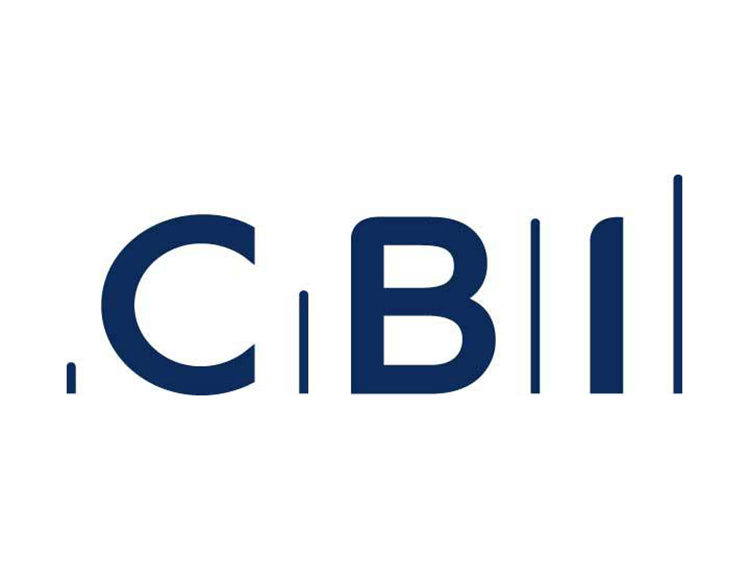UK labour market continues its strong streak despite weak economic growth

Economic activity remained muted in the three months to January, in line with the weak momentum reported by the CBI Growth Indicator. The UK labour market, meanwhile, remained remarkably strong, which supported faster real pay growth.
The ONS reported that GDP growth remained at 0.2% in the three months to January, unchanged from the three months to December. Growth was driven exclusively by the services sector, as both industrial production (including manufacturing) and construction contracted. This broadly chimes with both the CBI’s growth indicator and the PMIs, which continue to show sluggish momentum in the UK economy.
There was some minor reassurance about near-term momentum, though, as the rate of growth in the month to January alone rebounded (to 0.5%) following a contraction (of -0.4%) in December. However, this upswing in growth should be noted with caution as these month-to-month figures are prone to noticeable volatility.
In spite of the weak economic momentum, the UK labour market grew even tighter in the three months to January 2019. Specifically, the employment rate rose to a record high (of 76.1%), while the rate of unemployment ticked down (to 3.9%) to its lowest since 1975. While a remarkably strong labour market might seem at odds with a slowing economy, some market analysts have expressed concerns that hiring intentions might soften soon if economic activity remains sluggish.
The tightness of the labour market helped support pay growth in the year to January 2019. Real regular pay (excl. bonuses and adjusting for CPIH inflation) increased by 1.4% on a year ago (on the less volatile three-month rolling basis) – the strongest growth in two-and-a-half years. It is worth noting, though, that real pay growth is still weaker than pre-crisis norms, at least in part due to the weak trend in productivity growth since the financial crisis.











Responses